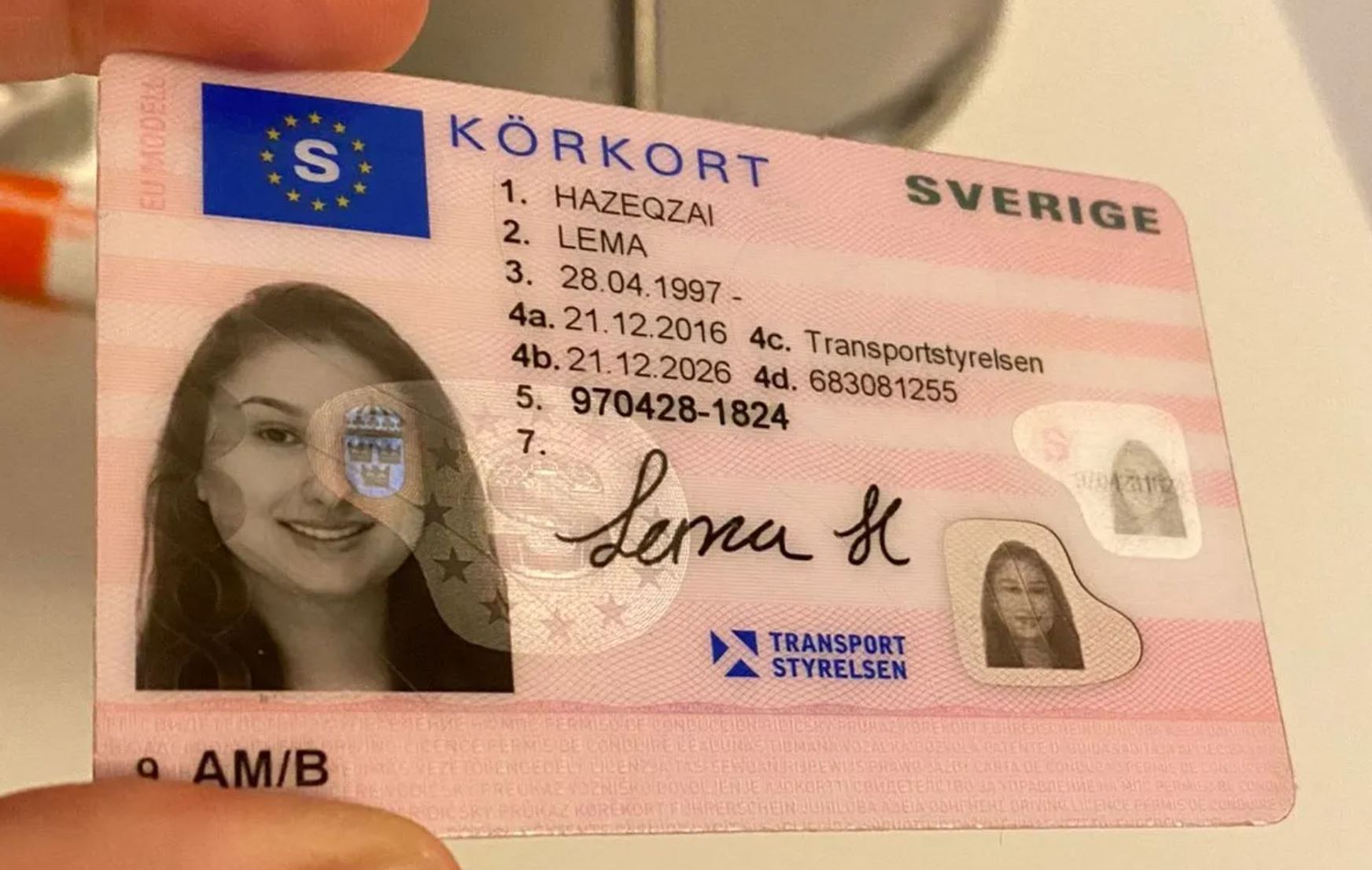What You Can Do To Get More With Your Driving License Id-Handling 2025

본문

The Future of Driving Licenses: ID Handling in 2025
As innovation continues to evolve at an extraordinary rate, different sectors are accepting innovations to boost user experience and performance. One of the locations experiencing significant improvement is identity management, especially worrying driving licenses. With the introduction of digital licenses and advanced identification methods, the landscape of driving license ID handling is expected to go through considerable modifications by 2025. This post checks out the expected advancements in driving license ID handling, the ramifications for users, and responses regularly asked questions about the future of driving licenses.
The Evolution of Driving Licenses
Driving licenses have actually generally functioned as a method of recognizing an individual's authority to operate a motor car. They likewise serve multiple secondary purposes, consisting of age confirmation and identity confirmation for banking and travel. However, the physical card system has constraints, consisting of threats of counterfeiting, loss, köp svenskt körkort and outdated details. As society seriously counts on efficient and safe identification systems, the shift towards digital licenses is becoming increasingly popular.
Existing Trends in Driving License ID Handling
Digital Licenses: Many states are piloting digital driving licenses that permit users to keep their qualifications on their smartphones. These digital licenses are designed with sophisticated security features, consisting of biometric data, and can be scanned or shared safely.
Blockchain Technology: Some jurisdictions are exploring blockchain to enhance the security and authenticity of driving licenses. This technology ensures that info can not be tampered with and that the data is easily verifiable.
Facial Recognition: Increasingly used in recognition practices, facial acknowledgment innovation can accelerate the procedure of verifying an individual's identity against their driving license. This technology also helps reduce fraud and maintain the stability of the licensing systems.
Multi-Functional Licenses: Future driving licenses may incorporate additional features such as health records, travel documentation, and even payment systems, providing a detailed identity solution.
The Benefits of Digital Driving Licenses by 2025
The shift towards digital driving licenses presents several benefits, including:
Convenience: Users can access their licenses anytime, which eliminates the requirement for physical cards. This is especially beneficial when people forget their license, as digital copies can be obtained quickly.
Security: Advanced security procedures can lower the risk of identity theft, scams, and unauthorized duplication. Digital licenses often include encryption and biometric confirmation.
Efficiency: Reduced wait times at federal government workplaces and during traffic stops, as police can verify digital licenses quickly.
Ramifications for Users
While the advancements in driving license ID handling present various benefits, they also come with challenges. Users need to adjust to brand-new technology and guarantee they understand the modifications and their ramifications. Here are some considerations:
Privacy Concerns: With increased digital footprints, there will be increased issues over data privacy and how biometric data is kept and used.
Ease of access Issues: Individuals without access to mobile phones or digital technologies may deal with barriers to obtaining and utilizing digital licenses.
Regulatory Compliance: With different jurisdictions embracing various systems and procedures, users need to understand their regional laws regarding digital licenses and recognition.
Prepared For Changes in Driving License ID Handling by 2025
| Element | Existing Status | Anticipated Change by 2025 |
|---|---|---|
| License Format | Physical cards | Predominantly digital licenses |
| Verification Process | Manual checks | Automated biometric confirmation |
| Security Measures | Standard holograms and features | Advanced file encryption and blockchain |
| Jurisdictional Differences | Fragmented processes across states | More standardized nationwide systems |
| User Interaction | In-person renewals and checks | Mobile applications for management |
Frequently asked questions
1. What is a digital driving license?A digital driving license is an electronic version of a standard driving license that is kept on a mobile phone. It can be utilized for identification and verification in various scenarios, with boosted security functions to avoid scams.
2. How will digital licenses enhance security?Digital licenses use file encryption and biometric data, making them harder to forge or abuse compared to conventional cards. Additionally, blockchain technology can make sure information credibility and integrity.
3. Will everybody be required to switch to a digital license?While numerous jurisdictions are moving towards digital licenses, policies may differ. Users are motivated to consult their regional licensing authorities for particular guidelines.
4. What are the potential disadvantages of digital licenses?Some prospective drawbacks include privacy issues regarding information storage, ease of access issues for individuals without mobile phones or digital literacy, and the need for a robust regulative structure to handle security and user rights.
5. How can I prepare for the shift to digital licenses?Stay informed about regional initiatives regarding digital licenses, explore readily available mobile applications for handling recognition, and cultivate digital literacy to browse new technologies with confidence.
The future of driving licenses and ID handling is poised for significant advancement by 2025. As digital licenses become more widespread, users will experience enhanced security, convenience, and performance. Nevertheless, alongside the advantages come difficulties that will require public awareness and adjustment. Stakeholders need to focus on education, guideline, and ease of access to ensure a smooth transition that empowers individuals with the recognition tools of the future. As innovation advances, so too will the methods through which society manages identity, especially crucial in processes as essential as operating a motor car.


댓글목록0
댓글 포인트 안내